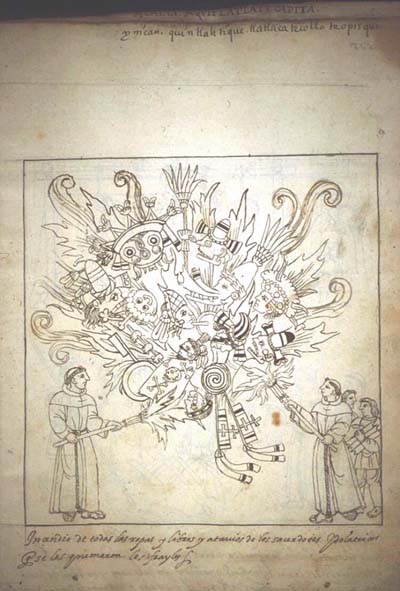

Keen’s own attempt to clarify and resolve the issues relating to the Black Legend introduces a number of doubtful generalizations of the “Let the laws be obeyed, but not enforced” interpretation which I thought had been decently interred long ago. 9 The causes of this phenomenon are complex matters which cannot be adequately explained by sweeping pronouncements. But alcoholism remains one of the important relatively unstudied topics in Spanish colonial history. 8Īn argument may be made, therefore, that greater access to hitherto denied goods was at least in part responsible for the Indians’ addiction to drink under Spanish rule. 6 Coca became a highly valued and widely sold product, and wine drinking reached such proportions that Fray Benito de Peñalosa declared in 1629: “Todos los males de la América española procedían de haber plantado viñas en el Perú.” 7 While this seventeenth-century generalization may not be wholly true, the taverns of such mining centers as the Villa Imperial de Potosí did in fact become famous on account of the amount of liquor consumed in them as well as for large fortunes made by their owners. The activity of merchants and work in the mines created conditions which promoted greater Indian consumption of food, even meat, than before. 5 Under Inca rule neither wine nor coca was permitted to the ordinary Indian a consumer society developed after Spaniards came. En otros tiempos la severidad de las leyes impedía abandonarse a esta propensión: hoy la abundancia de licores y la impunidad de la embriaguez trastornan el sentido a la mitad de la nación.” 4 The latest study on the condition of Indians before and after the conquest in Peru by Nathan Wachtel makes additional points relevant to this question. The eighteenth-century Mexican Jesuit Francisco Javier Clavigero explained Indian addiction to liquor in this way: “Actualmente y siempre han sido sobrios en el comer: pero es vehementísima su afición a los licores fuertes. The reasons for this, however, may not be as simple as Keen and Gibson suggest. Undeniably there was much drunkenness among Indians under Spanish rule in America. so demoralized that it found relief from its misery in drinking on a scale rarely seen in history.” 2 What Gibson actually wrote, in that dramatic last sentence of his solid work on Aztecs under Spanish Rule, was: “If our sources may be believed, few peoples in the whole of history were more prone to drunkenness than the Indians of the Spanish colony.” 3 Now even such an energetic and competent scholar as Gibson would find it an impossible task to go through all the sources available on drunkenness “in the whole of history” so thoroughly as to write that last sentence with complete justification.

Keen analyzes the development of Charles Gibson’s thought on the Black Legend and refers, among other points, to his “sombre picture of an Indian population. Let us begin with one of the more obvious simplicities. The purpose of this note is to indicate why a moratorium is needed.

1 Though this is not the place to discuss all the questions he raised, the time may have arrived for writers on the Spanish Conquest to declare a moratorium on the striking off of generalizations and judgments and to enter the archives for further research. B enjamin K een’s stimulating contribution on the Black Legend illustrates how almost inexhaustibly the colonial period provides challenging controversies that lead us to re-examine basic views on the history of Spain in America.


 0 kommentar(er)
0 kommentar(er)
